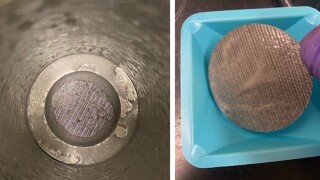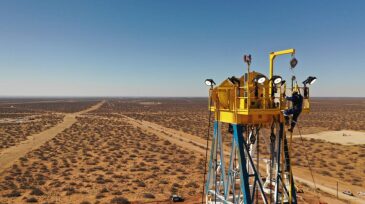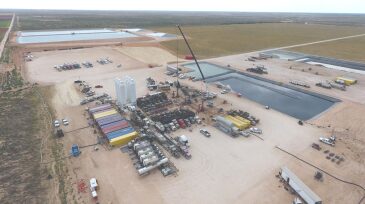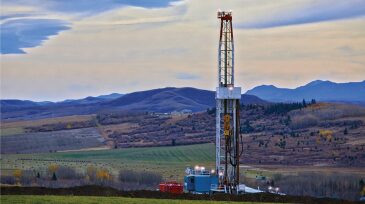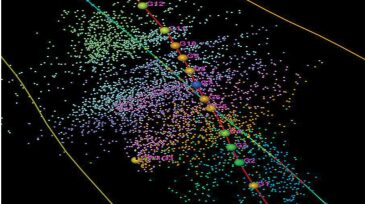Fracturing/pressure pumping
Technology developers expect the tight-oil industry to give lightweight proppants another look after the Permian Basin’s biggest operator becomes an adopter.
In this third work in a series, the authors conduct transfer-learning validation with a robust real-field data set for hydraulic fracturing design.
This paper describes development of a high-temperature water-based reservoir drill-in fluid using a novel synthetic polymer and customized with optimal chemical concentrations and sized calcium carbonate.
-
In this episode, we discuss some of the latest research and emerging techniques that were shared at the industry’s leading hydraulic fracturing gathering earlier this year.
-
Sometimes problems turn out to be an opportunity to try something new. In this case, the result was a well design unlike anything most in the shale sector have seen before.
-
High-tech testing is playing a bigger role than ever in helping shale producers reduce the time needed to screen out bad ideas.
-
The two oilfield service leaders serve as critical bellwethers for the health of North America’s upstream sector, which is under pressure to consolidate and generate free cash flow.
-
The shale sector is seeking answers to a complex issue involving casing deformations that block access to long sections of a lateral. As opposed to frac hits, this rising problem is considered to be an intrawell phenomena.
-
Oil and gas extraction using water has opened up new hydrocarbon resources. However they can produce four times more salty water byproduct than oil. Desalination in shale gas and polymer-flood EOR remain niche markets for lowering cost and improving production.
-
As completions activity slows down in the US, the second service company in a week’s time has said it is exiting the business of hydraulic fracturing.
-
The company said it will avoid the pumping business's “structurally disadvantaged position” and instead focus on well servicing and water logistics.
-
For the past 20 years, the diagnostic fracture injection test has been used across the frontlines of the shale revolution to paint a picture of what cannot be seen. However, that picture has not always been so clear in the eyes of subsurface engineers.
-
ConocoPhillips’ one-of-a-kind test site in the Eagle Ford studied core, image logs, proppant tracer, distributed temperature sensing, distributed acoustic sensing, and pressure, which shows that not all hydraulic fractures are created equal.



